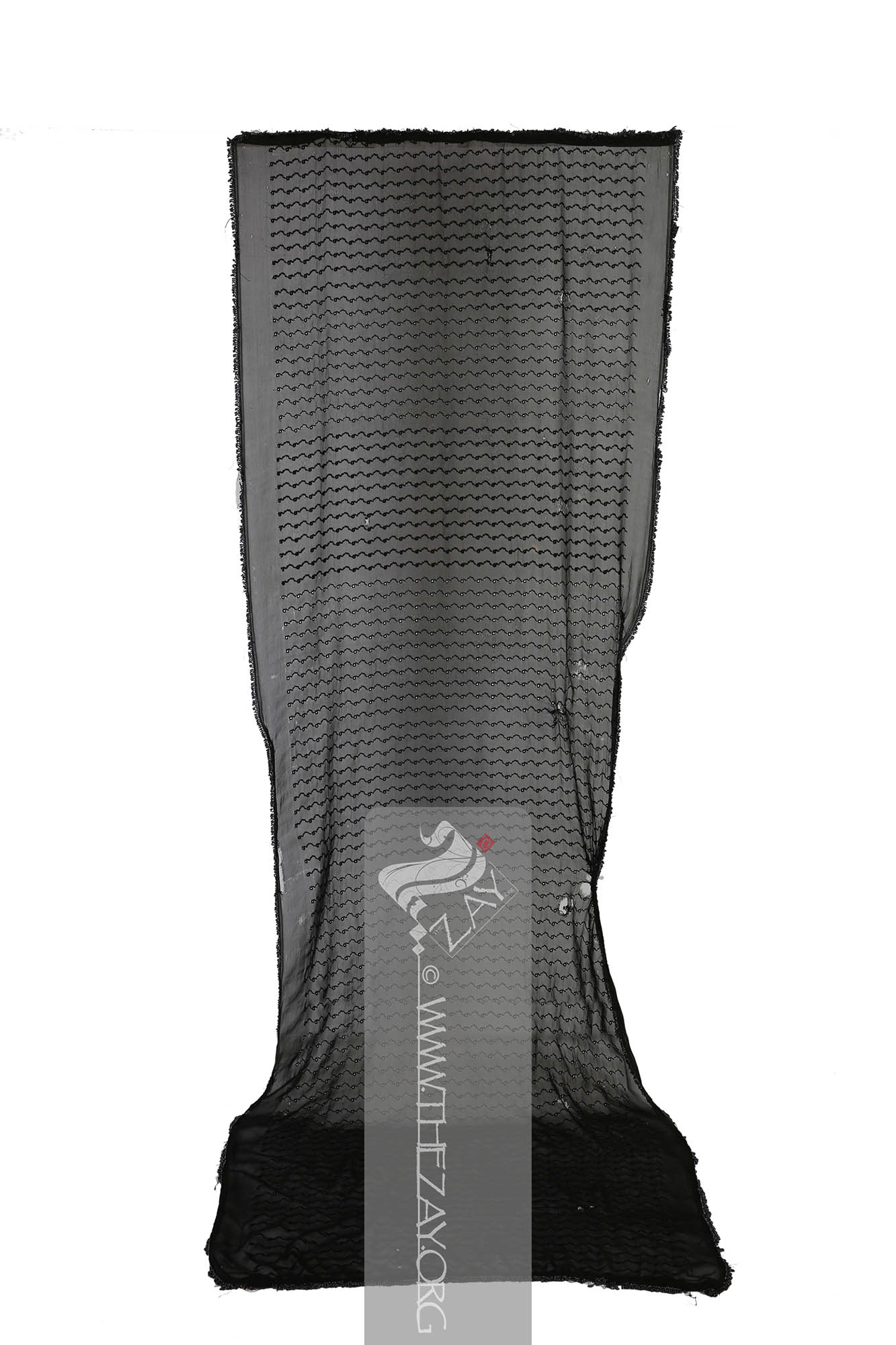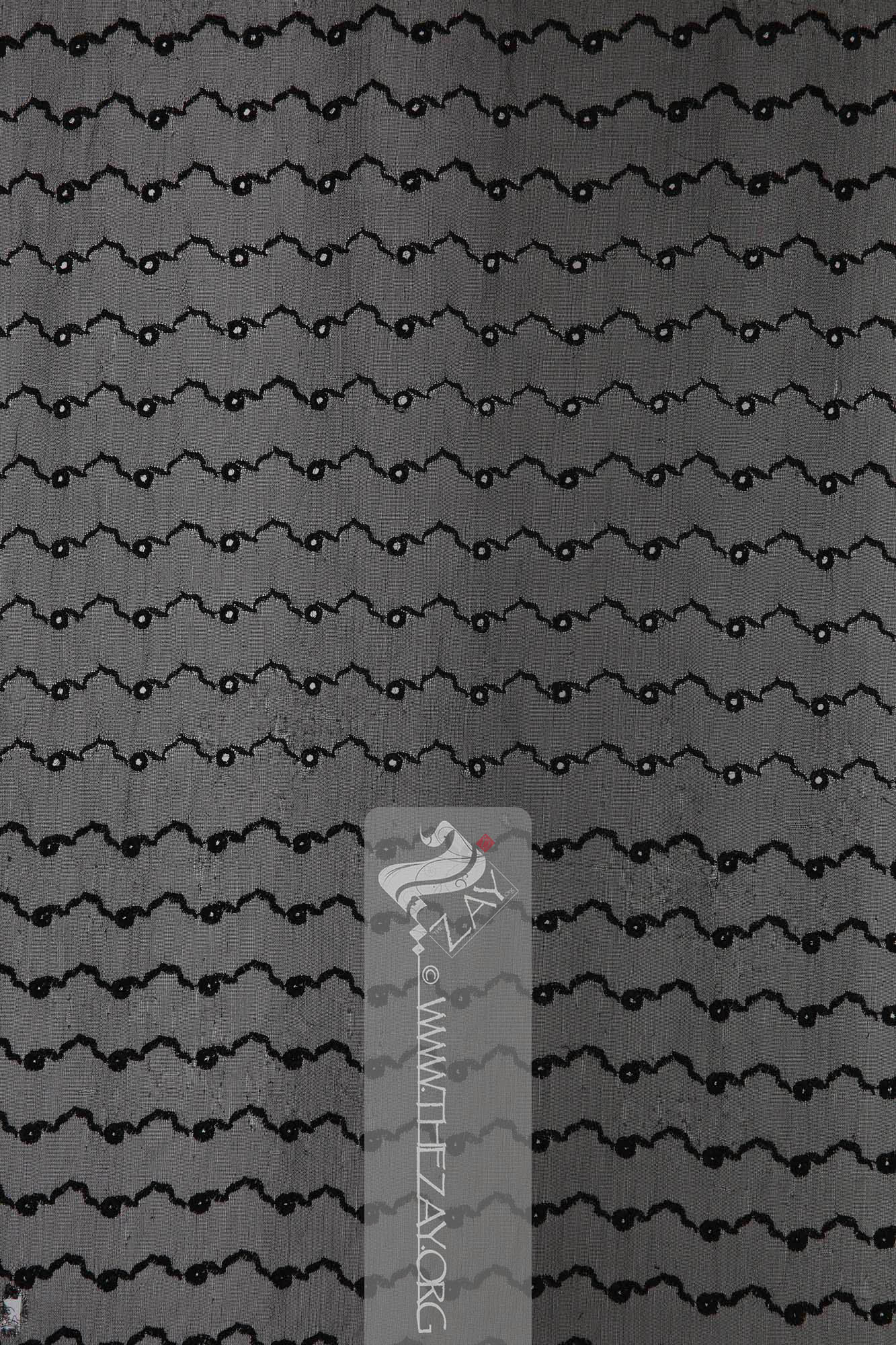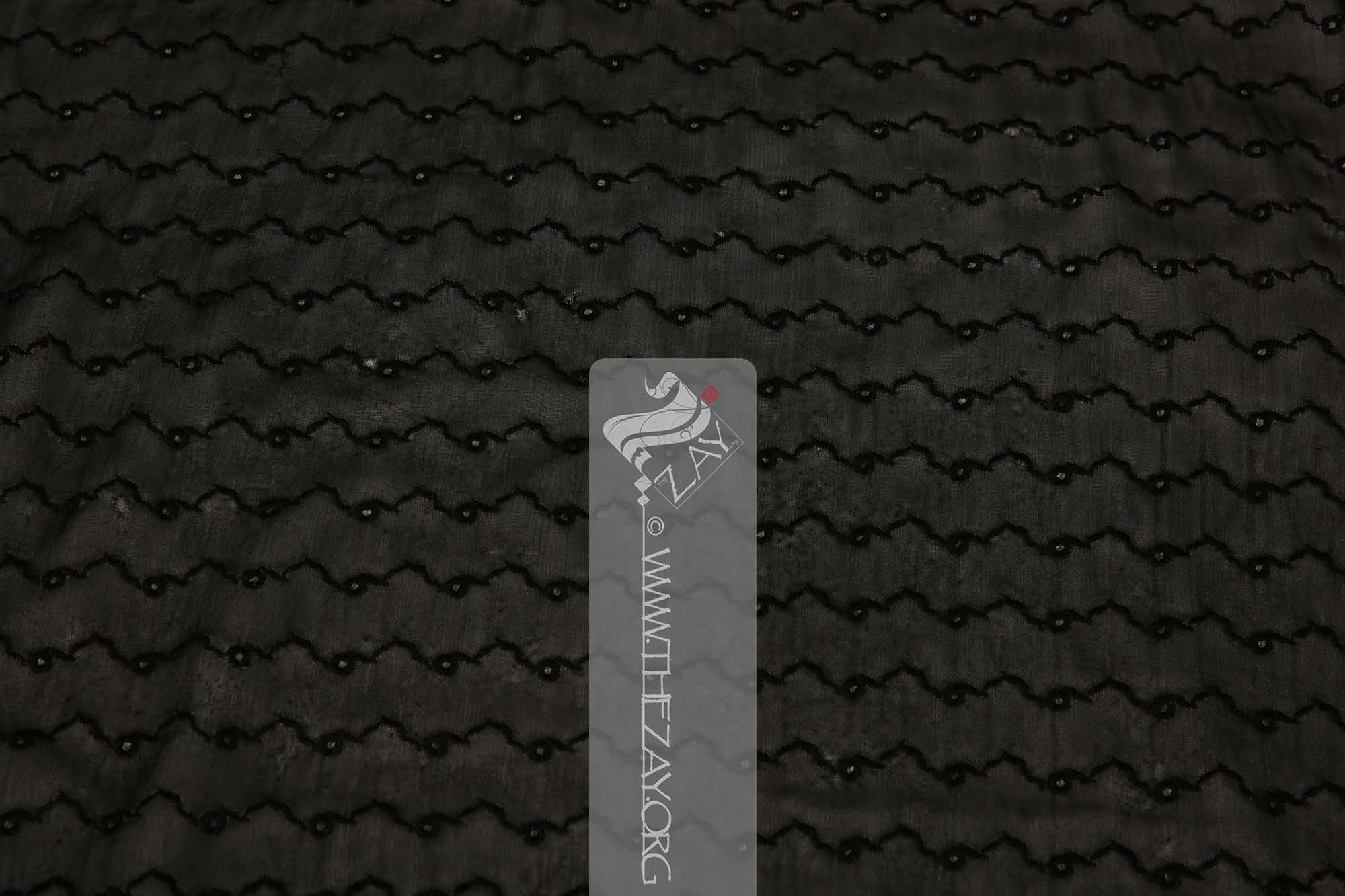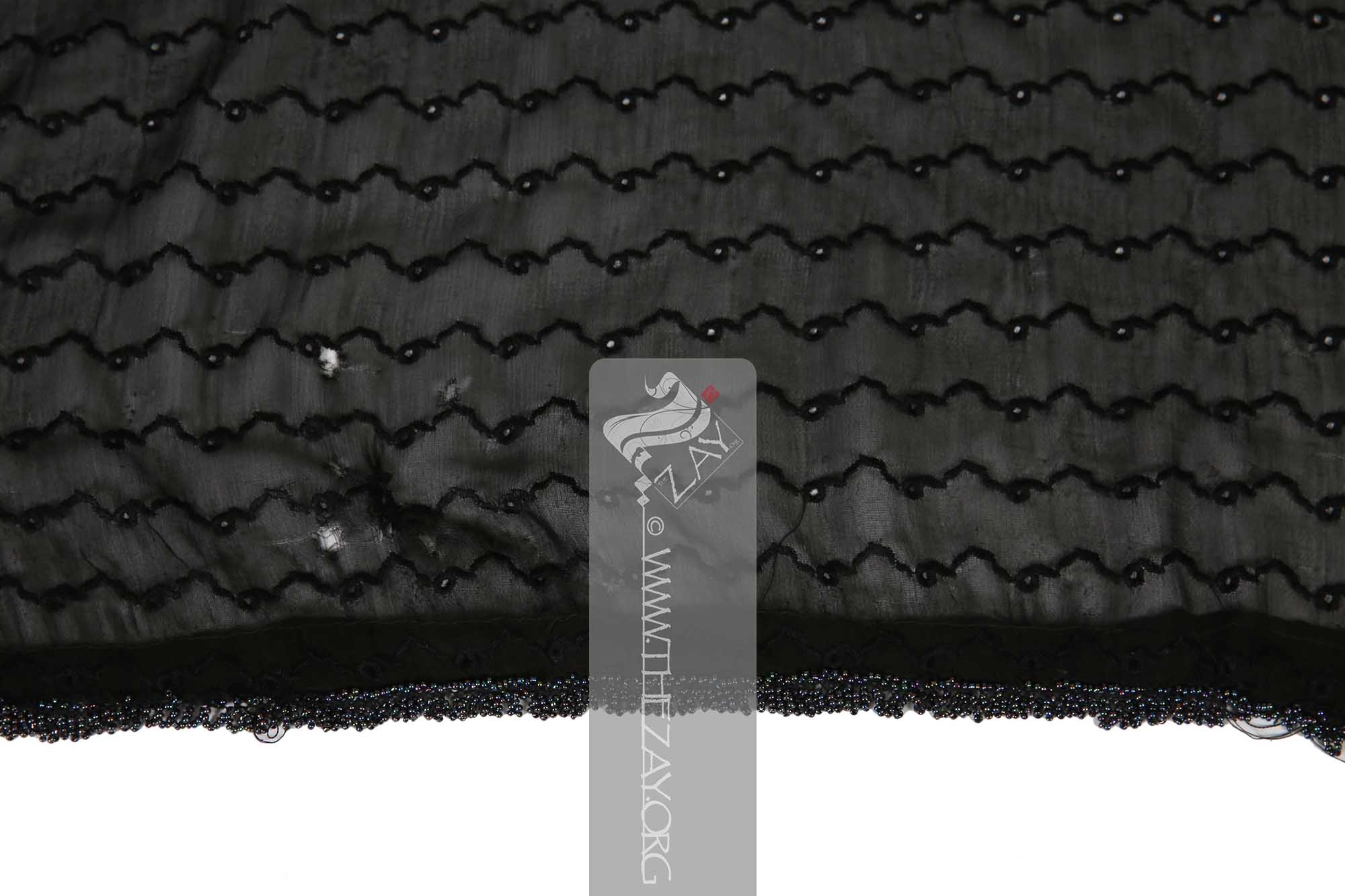








| Local Name | Shambar |
| Object Category | Headwear |
| Gender | Female |
| Place Of orgin | c. 20th century |
| Region | Syria |
| Object Range | - |
| Dimensions | Syria, Palestine, Jordan, Lebanon, Iraq, Türkiye et al |
| Materials | Silk Other |
| Technique | Hand Stitched Hand Embroidered |
| Color | |
| Motif | Floral |
| Provenance | Donated, Raeda Daboul, UAE 2021 |
| Location | The Zay Zay: (Arabic: costume, Pl. azyaā’), a set of clothes in a style typical of a particular country or historical period. Initiative |
| Status | In Storage |
| ZI number | ZI2021.500964c SYRIA |
Object Note
Part of a lot with five other items (ZI2021.500964 SYRIA, ZI2021.500964a SYRIA, ZI2021.500964b SYRIA, ZI2021.500964d SYRIA, and ZI2021.500964e SYRIA) also in the collection.
Object History
This piece was donated to The Zay Zay: (Arabic: costume, Pl. azyaā’), a set of clothes in a style typical of a particular country or historical period. Initiative by Ms Raeda Daboul in UAE 2021, to enhance the collection.
Ms Daboul commenced her journey with Gulf Media as a student at Damascus University. With a bachelor's degree in journalism and media, she relocated to the UAE and specialized in Emirati and Gulf cultural, historical, and social aspects. Her passion for the Arabic language propelled her into the world of books, engaging in both authoring and editing. Additionally, Ms Daboul served as a media coordinator for numerous media programs and activities. Currently settled in Vancouver, Canada she is also a regular contributor to The Zay Zay: (Arabic: costume, Pl. azyaā’), a set of clothes in a style typical of a particular country or historical period. Initiative’s cause.
Object Features
This is a women's black crepe
Crepe: (Latin: crispus; Old French: crespe – curled or frizzed), is a lightweight, crinkled fabric with a pebbled texture woven from a hand spun untreated or ‘in the gum’ silk yarn. Shambar: (Arabic: a veil or head covering), a veil or head covering is often made of silk crepe used for ceremonial occasions. Different variants of it could be seen across the Levant especially between Syria and Palestine with different types of embellishments.
The predominant stitching styles employed are the (eyelet_stitch
Eyelet_stitch: (English), a decorative pattern in embroidery characterized by a small aperture with delicately stitched borders.
These beads are likely made of plastic. The veil exhibits signs of wear and tear, particularly around the edges, possibly attributed to the weight of the beads. It has been mended multiple times, providing evidence of its age and prior use.
Links